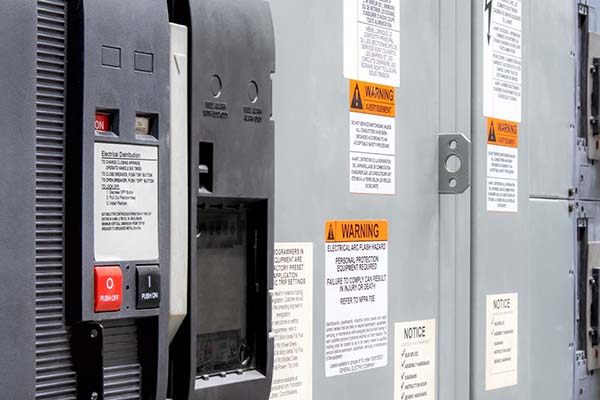In the Introduction to Normalized Metered Energy Consumption (NMEC) article, we discussed what NMEC is, how it fits within the International Performance Measurement and Verification Protocol (IPMVP), some of its policy drivers, and ways to apply it to energy projects. In this article, we’ll discuss some of the main advantages of utilizing NMEC to ensure realization of energy and cost savings.
What Are the Advantages of NMEC?
NMEC offers several advantages over other M&V methodology but comes with some additional requirements and tradeoffs. One main drawback is the 3 to 12-month lag between when the energy project is complete and when enough post-implementation energy data has been collected to create the reporting period normalized energy model. The main advantages of NMEC include the following.
1. Wholistic M&V approach for capturing all building-level energy savings
NMEC is arguably the best M&V approach for retro-commissioning and other whole-building energy efficiency projects where savings are expected across various systems. By avoiding the need to model and calculate energy savings for every small retro-commissioning measure and avoiding interactive effects between measures, NMEC cleanly captures net energy savings at the M&V boundary, typically the building energy meters.
2. Cost-effective M&V approach when building-level metering is already in place
The key to a cost-effective and timely NMEC M&V approach is a building where interval energy metering already exists, and historical interval data is available. Without existing metering infrastructure, a project can easily be delayed 12 to 24 months while the meters are installed, and the required 12-month of pre-implementation energy data is accumulated. If a site is considering a retro-commissioning project or NMEC M&V in the future, it is recommended that building-level interval meters be installed on all energy inputs to the building (electricity, chilled water, hot water, steam, natural gas), and existing meters be calibrated, and their historic data reviewed for accuracy.
3. Captures actual energy savings as measured at the building meters
Other M&V approaches involve complex energy simulation models and calculations that attempt to simulate the energy performance of a building. NMEC avoids many of these assumptions and pitfalls by using actual energy data to determine the actual energy savings of energy efficiency projects. With NMEC, the savings you see at the meter are the savings attributed to the energy project, once normalized for variations in weather, occupancy, etc.
4. Provides statistical measures of confidence in normalized energy savings
NMEC regression models can be complex and often need to be to accurately model a building’s energy performance. However complex, though, NMEC regression models provide transparent statistics of the regression fit and accuracy. These regression statistics provide the confidence and assurance that the energy efficiency project delivered the expected energy saving and flag projects that fall short. This transparency of weather- and occupancy-normalized energy savings is invaluable for building owners and operators.
5. Allows for ongoing tracking of annual building energy performance
Beyond the scope of providing measurement and verification for a one-off energy efficiency project, NMEC can set up a building for ongoing building energy performance tracking. The methodology for calculating normalized annual energy usage pre- and post-implementation can be conducted annually or sub-annually to monitor and track the building’s energy performance. Since the data is normalized for weather and occupancy fluctuations, using the NMEC methodology for ongoing building performance monitoring provides an apples-to-apples comparison of energy usage year-over-year.
Using NMEC as part of robust M&V protocols to present energy and cost savings in a transparent manner that can be readily reviewed and accepted by the customer, utility, and the third-party reviewer is crucial in gaining public momentum for energy efficiency projects while encouraging investors and other stakeholders to pursue additional projects in the future.
Whether you are considering a chiller replacement, lighting upgrade, or a whole-building retro-commissioning project, all manner of projects can benefit from M&V to ensure realization of energy and cost savings. Veregy’s team of M&V specialists are skilled in designing and implementing custom M&V approaches to ensure your energy projects meet expectations year after year. Contact us today to discuss your efficiency project.

